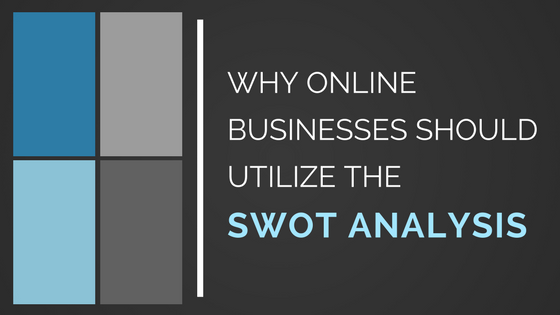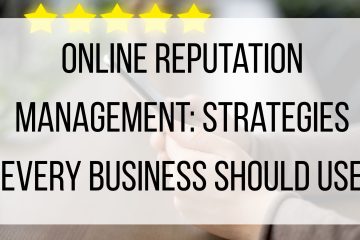Why Online Businesses Should Utilize the SWOT Analysis
Did you know even 50+ years after it was developed, the SWOT analysis is still one of the most popular ways to analyze a business? It was originally developed for large businesses, but the SWOT process is equally useful and relevant to any business regardless of industry size. It’s also deceptively simple despite the immense value it delivers in fast-moving industries like e-commerce.
What is SWOT?
SWOT stands for “Strengths, Weaknesses, and Opportunities & Threats.” The process evaluates what a business does best (strengths) and worst (weaknesses), and defines areas of improvement (opportunities) and potential issues (threats) that could impact overall success. With SWOT you can:
- Highlight your strengths & take advantage of the opportunities to build on
- Acknowledge & modify your weaknesses to mitigate outside threats
Working through a SWOT analysis will give you actionable insight and in-depth look at your business.
Strengths: These are positive, internal factors that are within your business’ control.
- What does your business do better than others in your industry?
- What is your competitive advantage?
- What do your customers like most about your business?
- What valuable assets does your company have?
Weaknesses: These are negative, internal factors that may be difficult to change but are within your business’ control.
- What is holding your business back?
- What does your competition do better than you?
- Which resources is your business lacking?
- What areas of your business could be improved?
Opportunities: These are positive, external factors that may be out of your control but you can choose to leverage them.
- Is the market changing in a way that is favorable to your business?
- What opportunities or new industry developments have you not pursued yet?
- What technology or useful resources are becoming available that you do not already have?
- What new opportunities are available that you can use to grow your business?
Threats: These are negative, external factors that are likely out of your control but you can create a plan to counter or reduce them.
- Who are your current existing competitors?
- Is the industry changing in a way that could threaten or hinder your growth?
- Are consumer behaviors changing in a way that might negatively impact your business model?
- Are any government regulations changing in a way that could hurt our business or negatively impact your business?
Performing a SWOT analysis on a regular basis will help you develop a strategic plan based on the information you’ve learned within the four quadrants. To get the most value from your SWOT analysis, don’t overemphasize your strengths or underemphasize your weaknesses. Be as specific as you can in looking at your company and most importantly be honest.




